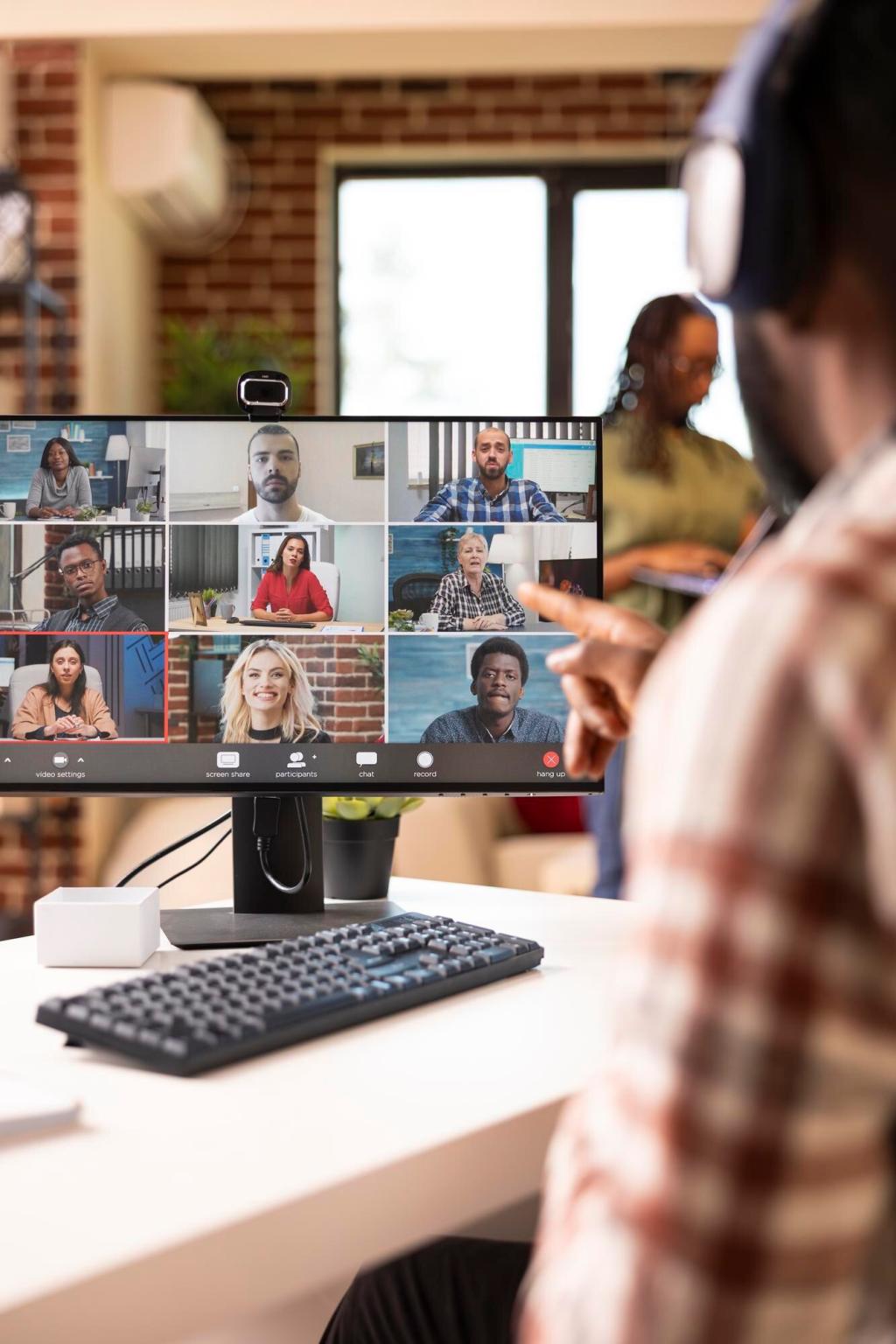Map Your Remote Team’s Real Workflows
Clarify how much of your collaboration happens in real time versus across time zones. The right tool should support respectful delays, searchable context, and quick meetings only when needed. Comment threads, mentions, and reminders matter.
Map Your Remote Team’s Real Workflows
Some teams live in specs, briefs, and long-form notes, while others organize around boards, tickets, and deliverables. Choose a tool that makes your primary artifacts discoverable, editable, and traceable from discussion to decision.










